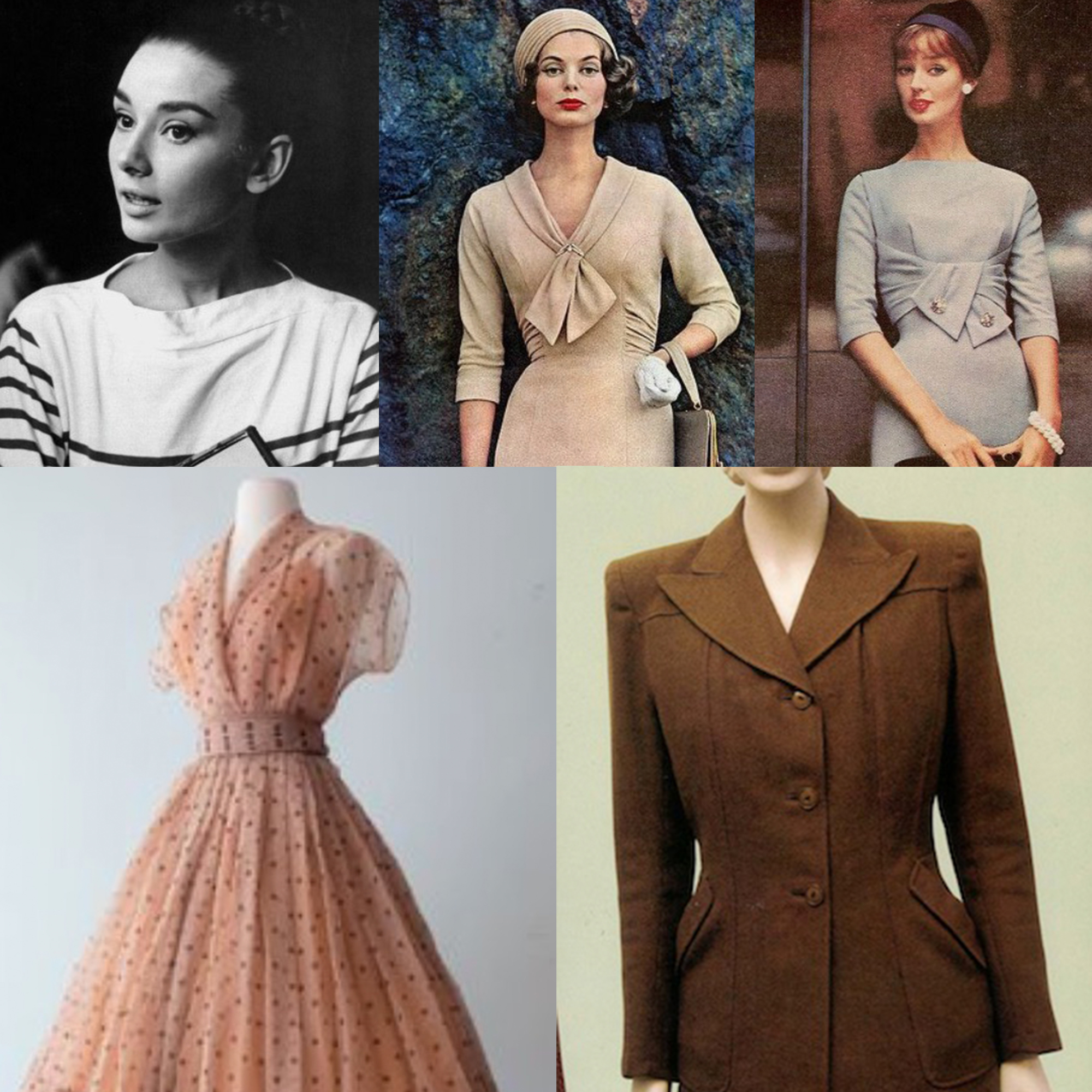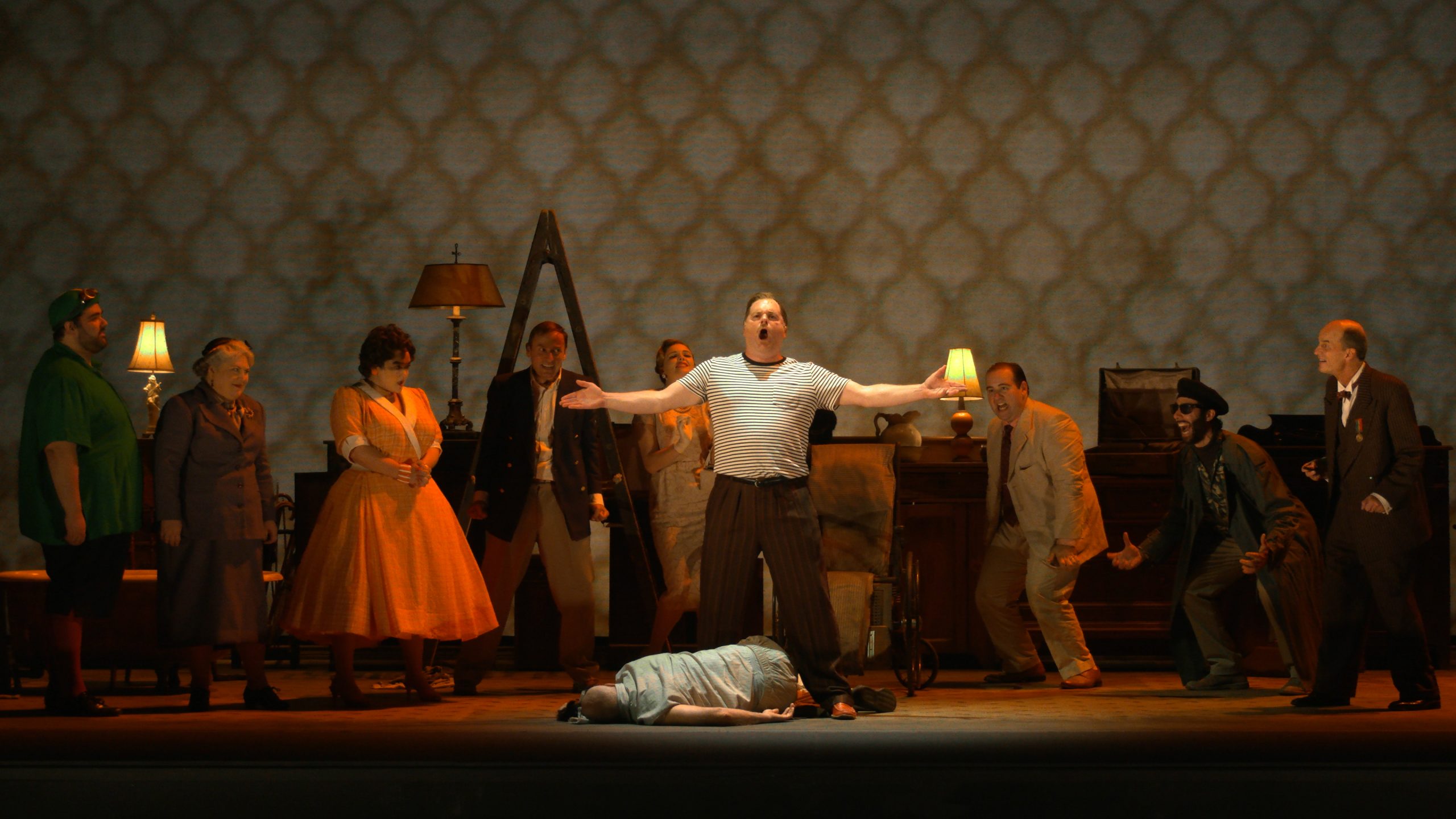While the Canadian Opera Company prepares for its return to live productions with Puccini’s Madama Butterfly in February, another Puccini opera is set to launch on the company’s virtual centre stage. The Italian master’s take on ‘Family Feud’, Gianni Schicchi, will be available starting Saturday Oct. 30th as the next installment in the COC’s free streaming series. Staged by theatre director Amy Lane, this lighthearted, brilliantly paced comedy features some of the composer’s most unforgettable music, including the memorable soprano aria, “O mio babbino caro”.
Of course, beyond the musical preparation, there is the story of what motivates the designer’s particular set and costume choices. Especially in a world where we are still hoping to enter the post-pandemic chapter of the last year and a half, set and costume designers have faced many challenges when planning both video and live performances. Award-winning opera and theatre designer, Antony McDonald, was the creative mind behind the COC Schicchi’s 1950s inspired set and wardrobe.

Top: Retro 1950s fashions that inspired Antony McDonald’s costumes in the Canadian Opera Company’s Gianni Schicchi. Bottom: Select costumes by Antony McDonald from Gianni Schicchi. Photo: Antony McDonald
When asked why he chose this era, McDonald said, “we started preparations and planning while in lockdown knowing that this production would happen in a few short months. When you’re in a crunch, usually the first instinct works and that was the 1950s. It was a period of great style and I, personally, have a nostalgic connection to this decade and Florence [the opera’s original setting]. I truly felt we could make the characters stand out knowing that we were also limited in finding existing costumes to repurpose and add an extra special touch.”
The one-act opera is set in the bedroom of the dying Buoso Donati where all his relatives have gathered to mourn his passing. How best to capture different characters and personalities than with the wonderful selection of colour and accentuated fashion features of the 1950s? Schicchi has been praised as an opera that showed remarkable inventiveness and imagination in its time. McDonald and Lane analysed the characters closely to understand their back stories and allow the chosen period, itself, to assist in visualizing this. Period furniture, with its uncomplicated ornamentation, helps the singers portray their characters in a neutralized setting in which their fashionable garments pop.
Soprano Jamie Groote, who plays the style-savvy character of La Ciesca, couldn’t stop raving about the flattering era. “I had a cream-coloured, classic, chic dress that I absolutely adored, and also enjoyed accentuating my glamorous character with additional details like wearing red-polished nails,” she said. On top of the fashion choices, hair and make-up played an integral role in further heightening musical gestures as the cameras followed every move and tone. Wigs could not be used, therefore artists had to make-do with their own natural manes to recreate hairstyles of the period which made performing, at times, challenging.
Loose-falling strands of hair (usually caused by freshly washed hair) often led to multiple takes! Re-creating the same look every day over a 4-week filming period became an artform in itself in order to maintain visual consistency. Groote, who is now in her third year as a member of the COC’s Ensemble Studio, also shared, “consistency was key in both performance as well as being respectful of the craft we were doing. Antony and Amy were so wonderful when it came to directing us and I really felt connected to my character, acting from a genuine place. It was my first time filming for a streaming project and I loved every minute of it”.
When I asked Groote and McDonald if they would like to do a live version of their Schicchi if the opportunity ever arose, they both, ever so enthusiastically, said “yes!”
Opera Canada depends on the generous contributions of its supporters to bring readers outstanding, in-depth coverage of opera in Canada and beyond. Please consider subscribing or donating today.











